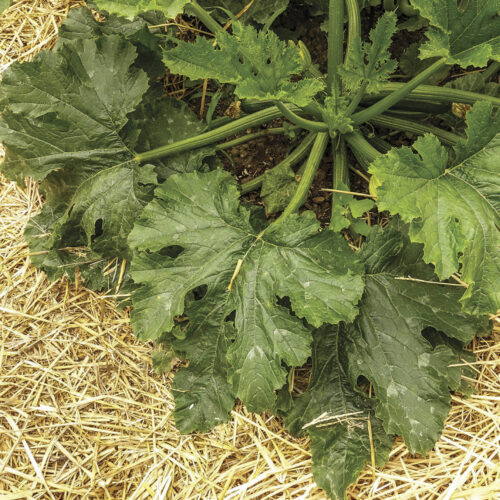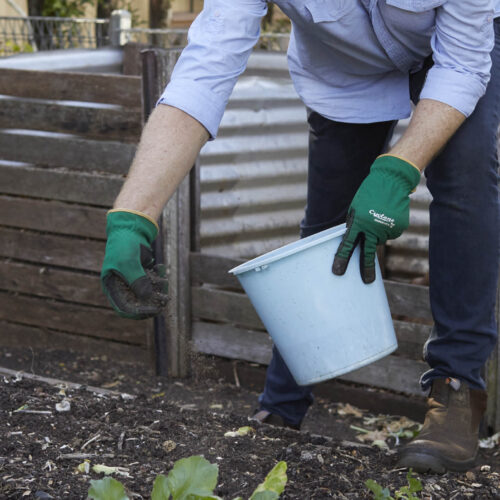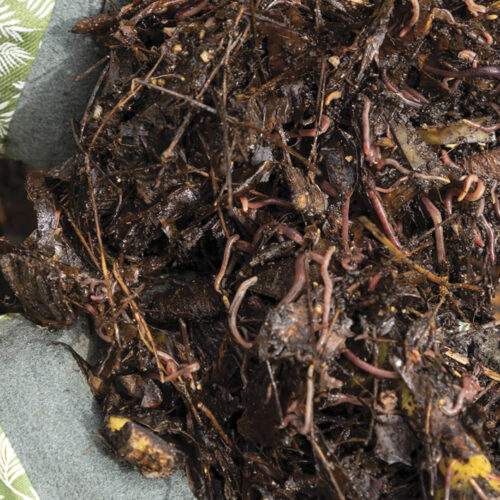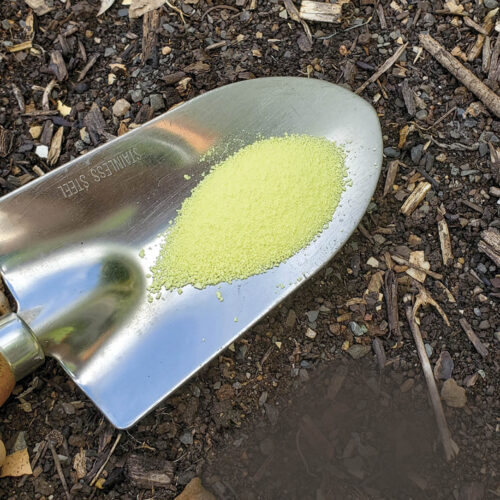Growing in sand
2015-01-15T05:30:03+11:00
Sandy soils, says PENNY WOODWARD, can be challenging for gardeners.
Some gardeners are blessed with deep, rich, textured, fertile soil but most of us have to cope with much less than perfection. At one point in my gardening life I had to garden in sandy, alkaline soils. My potential garden was in fact sitting on an old sand dune that had been stabilised by indigenous vegetation. There were a few centimetres of grey stuff that might have passed as soil and then about ten metres of pure sand before hitting limestone. The indigenous plants had masses of shallow roots that rapidly absorbed moisture before most of it disappeared into the aquifers under the limestone. Small amounts of soluble nutrients added to the soil were taken up by the plants, but the rest were carried with the water well out of reach. Soils as sandy as this just can’t hold water or nutrients. So the most obvious problem was the need for constant watering and constant feeding of the soil.
There are several tactics that can be adopted to deal with this problem. You could plant your garden with only indigenous plants, but I wanted herbs and vegetables and even fruit trees. I left the indigenous plants around the boundaries, in thick borders to provide food and habitat for native birds and insects. I added some non-native plants that do well in these soils, such as succulents of all shapes and sizes, as well as grey-leafed plants like lavenders, santolina, sedums, agave, curry bush, wormwood and the grey-leafed chrysanthemums.
But for most of my edible plants I needed to do more. Before adding nutrients its very important to determine whether your sandy soils are alkaline or acid. So I tested and found that mine was alkaline (sandy soils can also be acid). If your soil is alkaline, then don’t add mushroom compost or chicken manure as these fertilisers increase the alkalinity of soil. Cow, horse and sheep manure are good ways of adding organic matter and fertilisers to alkaline soils. And compost once you get the heap going. If your soil is acid sand, then mushroom compost and chicken manure are ideal.
If you are only developing a small area of garden then it is worth adding some clay based topsoil to your sandy soil, the clay helps to hold the moisture and nutrients in upper levels of the soil. Dig the clay topsoil into the sandy soil until it is well mixed. This is also the cure for water repellent soils. Some sandy soils have so little clay in them that water sits on the surface in droplets. This is actually caused by fungal excretions that coat each grain of sand and can be fixed by increasing the clay content of the soil.
The best long term solution to nutrient poor sandy soils is to add lots more organic matter. All organic matter contains nutrients that are slowly released into the soil as the micro-organisms break them down. This matter also acts to slow down water movement through the soil, allowing the plants more time to absorb moisture. Organic matter can be compost, leaves, straw, seaweed, grass cuttings and much more. Dig it into the top few centimetres or leave it to sit on the surface where the micro-organisms, bacteria, fungi and worms will set to work and pull it into the soil.
The other essential element of gardening on sandy soil is to mulch well and often. My favourite mulches are lucerne hay and pea straw. Both of these will add nutrients as well as minimizing evaporative water loss. Bark, leaves, stones, seaweed and seagrass (make sure you don’t collect either of these from national parks), mulched leaves and branches are all possible mulch candidates as well as sugar cane mulch. I also grew a big bank of canna lilies that I cut back every year to provide long lasting mulch. Any natural mulch is better than none. Lay it about 5 cm thick but be sure to leave a space between the mulch and any tree trunks. If mulch builds up around a tree trunk it can cause collar rot which will eventually kill the tree. Also, don’t make it so thick that the water can’t get through. As a rule of thumb, the finer the mulch, the thinner the layer should be.
I made numerous mistakes in trying to establish a garden in my difficult sandy soil but by the time we left I had developed a diverse and interesting garden that included many of my favourite plants.






